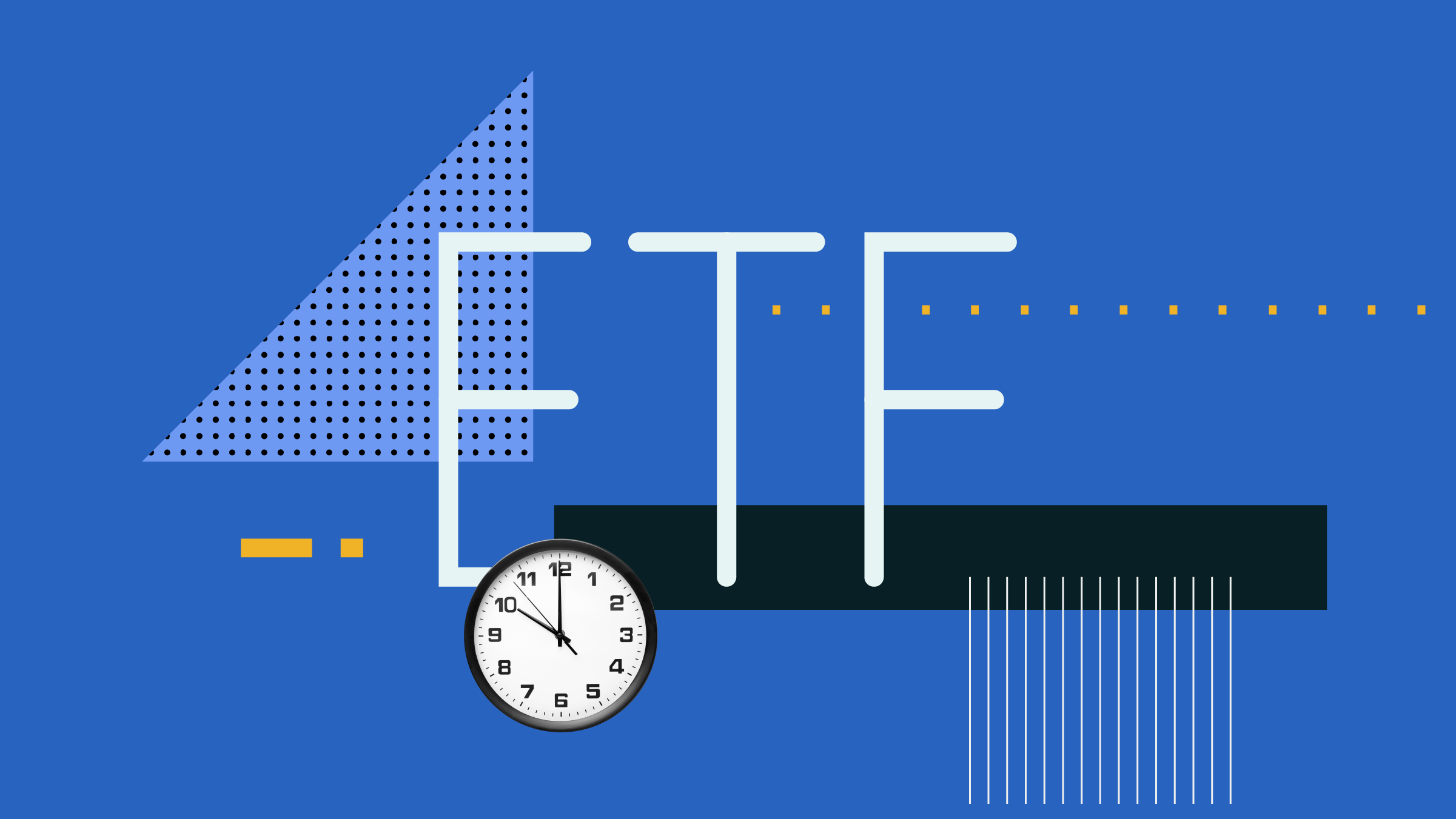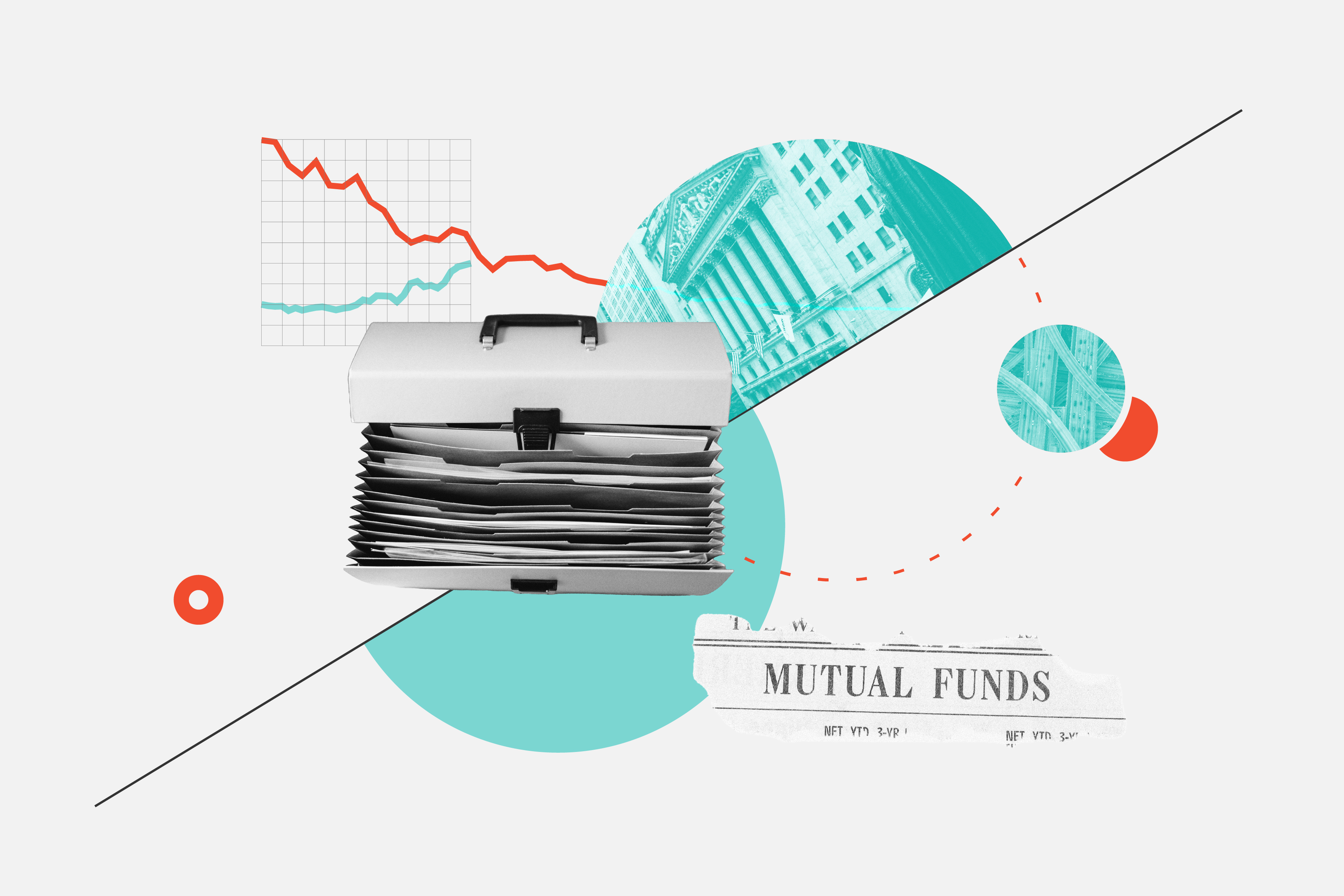Morningstar created the Fixed Income Style Box to help investors gauge the primary risk factors of fixed income funds (or the fixed income portion of a multi-asset-class fund). While fixed income portfolios are subject to a number of risk factors, the two main ones are interest rate sensitivity and credit risk.
The Fixed Income Style Box shows where the fund in question falls with respect to these two risk factors by colouring in one square of a 3x3 grid. The horizontal axis of this grid shows whether the interest rate sensitivity is Limited, Moderate or Extensive. The vertical axis shows whether the average credit quality of the fund is High, Medium or Low.
In this article I provide some of the details of the calculation that are behind these determinations.
Bond yields
The time value of money is one of the fundamental principles of financial economics. A hundred dollars right now is worth more than $100 a year from now. How much more can be expressed with interest rates. For example, if the one-year interest rate is 5%, $100 a year from now is worth $100/(1.05) = $95.24 today.
This notion of interest rates (also called yields) as discount rates to convert future values to present values is highly developed in bond markets. A basic coupon bond pays a series of coupon payments over a period of time and pays its face value on its maturity. The yield on the bond is the discount rate that equates the value of the stream of future payments to the current price of the bond. the For example, a 10-year bond with a coupon rate of 3% and a face value of $100 would pay $3 a year for nine years and $103 (face value plus coupon) at maturity. If the price of the bond were $110, its yield would be 1.9%.
There is an inverse relationship between the price of a bond and its yield. In the above example, if the price of the bond were $100, its yield would be 3%. If its price were $90, its yield would be 4.25%.
Bonds, like stocks, can change in price, which can be either beneficial or detrimental depending on the direction of the change. Because bonds vary in maturity, coupon rate and in other ways, bond prices are not comparable across bonds. This is why in the bond world we focus on yields rather than directly on prices. Bond investors are concerned about rises in yields since this means falls in bond prices and drops in the values of their bond portfolios.
Bond duration and interest rate sensitivity
One of the main risks that bond investors face is the possibility that the yields on the bonds that they hold rise. The most common way of quantifying this risk is called duration.
When Frederick Macaulay developed the concept of duration in 1938, the focus was not on interest rate risk but rather on the average time to maturity of a bond's payments. Again, consider a 10-year bond with a coupon rate of 3%. Using the yield on the bond as a discount rate, we can price each of the 10 payments. Dividing each of these prices by the price of the bond gives us a set of weights that add up to 100%. The Macaulay duration is the weighted average of how far in the future the payments are. In our example, if the price of the bond is $100 (so its yield is 3%), its Macaulay duration is 8.8 years. At higher yields, the sooner payments have higher weights so that duration is shorter.
Now it turns out that with a slight modification, Macaulay duration provides a good measure of interest rate sensitivity. In our example, the modified duration is the Macaulay duration divided by one plus the yield. So if the yield were 3%, modified duration would be 8.8/1.03 = 8.5 years.
Modified duration is approximately the percentage change in the price of the bond per change in the yield. The higher the modified duration, the more sensitive is the bond's price to changes in yield and thus the greater the interest rate risk. In our example, we can use the modified duration of 8.5 years to approximate that if the yield were to rise by 1%, the percentage change in the bond price would be 8.5%. Hence we approximate that the price falls from $100 to (1-0.085)´$100 = $91.50. In fact, the price will drop by a bit less than this because modified duration only gives an approximation. To give a more precise answer requires more complex math.
Because maturity and duration are both measured in years, it is easy to confuse the two. Remember that maturity is how long until the very last payment while duration is the weighted average of how long until each and every payment.
Because duration is a measure of interest rate sensitivity, Morningstar uses the asset-weighted average of the duration of the bonds held by a fund to determine whether the fund's interest rate sensitivity is Limited, Moderate or Extreme on the Fixed Income Style Box.
Credit quality
Credit quality grades are assigned by rating agencies to communicate their assessments of the probability of the bond issuer defaulting. These are letter grades such as AAA, AA, A, BBB, BB, B, CCC, CC, C and D. On this scale a AAA bond is one with the highest rating and has virtually no chance of defaulting. The rating agencies typically assign a triple-A rating to the bonds issued by stable governments such as Canada, the United States and Germany. The highest quality corporate bonds can also receive a triple-A rating. Bonds for which there is a small probability of defaulting might receive a double-A rating. Bonds with a credit rating of BBB or higher are usually considered investment-grade bonds. Bonds with a credit rating of BB or lower are usually consider high-yield or junk bonds. They are called high-yield bonds because due to the risk of default, their prices are lower than those of similar investment-grade bonds and hence they have higher yields. In fact, one way to measure the market's assessment of a bond's credit risk is the spread between the yield on the bond and the yield on a government bond with similar terms.
To calculate an average credit quality, Morningstar assigns a numerical value to each letter grade such as 1 to AAA, 2 to AA, 3 to A, etc., and then takes the asset-weighted average of these numerical scores. The value of the average score determines whether the Credit Quality as shown on the Fixed Income Style Box is High, Medium or Low.
Using the Fixed Income Style Box
By seeing which of the nine squares is filled in, you can decide whether or not the fund that you are looking at is suitable for your portfolio. If you are looking for a bond fund that is fairly safe with respect to default risk and changes in interest rates, you want a fund with a Fixed Income Style Box that is filled in the top left corner. If you are willing to take some interest rate risk, find a fund in which the square that is filled in is to the right of the top left corner. If you are willing to take some credit risk, find a fund in which the square that is filled in is below the top left corner.
Please click here for more of Morningstar's Fixed Income Week.



















